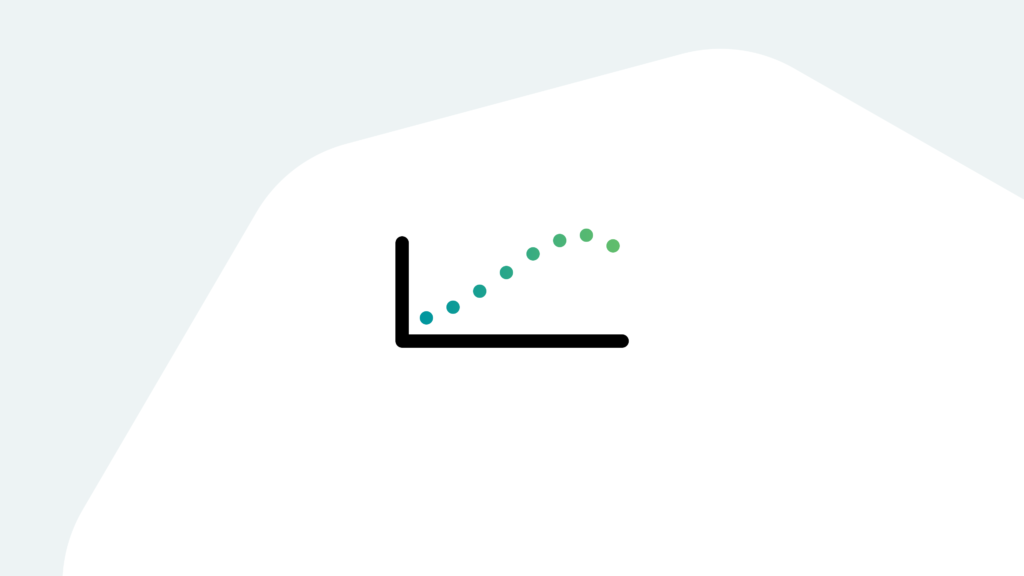We are all familiar with everyday paper that we use when printing documents or making copies. Paper weight for everyday paper is typically 20 lbs with a brightness rating of 92-94. The price of this paper is, more or less, right around $.01 per sheet.
We have all used standard issue paper for printing out business documents we provide to customers, partners, and fellow colleagues every day. A document printed on standard paper doesn’t occur as “special”, regardless of the content that lies within.
The specs on really high-end paper come in at 28-32 lb. with a brightness scale rating of 100. Documents printed on this high-end paper really catch your attention – the printed words pop! The document has a different gravity in your hand; the same content printed on standard paper just has a different feel when printed on great paper.
High-end paper (32 lb., 100 brightness) comes in around $.034 per page – more than three times as expensive as standard paper. For a 10-page document, the difference in paper cost is 10 cents using standard paper versus 34 cents when using the good stuff. The good stuff is 3X the cost, and yet, the true delta in cost between “OK” and “epic” is just 24 cents.
Now, think of the most important proposal, white paper, presentation or other document that you provided to a customer, partner, or leader at your organization. You likely spent dozens – or even hundreds – of hours researching, ideating, drafting, editing, and finalizing your document. Your document is intended for important audiences that can influence, accelerate, fund, or approve your concept. You need to inspire and catalyze action.
This document that you are now thinking about – what was the paper like? Did you print your extraordinary concept on crappy paper, even though you used that awesome laser printer and spent hours on the graphics and layout? How did your audience react when they first held the document? Did it grab their attention so powerfully it was visible?
Humans are sensory beings, and we process data in three modes – visual, auditory, and kinesthetic. How we see, hear, and touch all lead to how we process data and how we are influenced to make decisions.
Now, envision your document on that awesome, high-end paper coming in at $3.40 cents per page. The colors explode off the page. The paper feels different to the reader’s touch (they handle crappy paper all the time). The paper even sounds different. You have absolutely gotten the reader’s attention with this paper.
Putting your great idea, proposal, or report document on great paper costs just pennies, and yet it had a profound incremental impact on the reader. By doing this, you have just practiced The Law of Increasing Marginal Returns.
The Legacy of the Law of Decreasing Marginal Returns
In economics, diminishing returns is the decrease in marginal (incremental) output of a production process as the amount of a single factor of production is incrementally increased, holding all other factors of production equal.
In business and public institutions, we see the legacy of the Law of Diminishing Marginal Returns play out every day. Leaders and managers, both seasoned and early in their journey, understand that throwing twice as many resources at a challenge usually does not correlate to doubling the outcome or production.
Employees, colleagues, and teammates understand this too, especially when adding more people to a team or project. As the size of the team grows, productivity doesn’t always grow along with it. In fact, the larger team might stifle growth, and reduce team effectiveness and cohesion. This is the Law of Diminishing Marginal Returns in operation.
Creators and the Law of Increasing Marginal Returns
“Software is eating the world” – Marc Andreessen, 2011.
“Every company is a software company” – Satya Nadella, 2019.
“Data is the new oil” – Clive Humby, 2006.
If we, like Satya Nadella, believe that every company is a software company, are companies then made of employees? Or, comprised of creators?
Throughout history, employees of companies (collections of people seeking a common mission and gain) performed tasks. Things like process the payment, approve the claim, type the quote, etc., etc. – all tasks that millions of employees do each and every day.
In the modern world where all companies are software companies, should we really have groups of employees that execute tasks? Or is the modern organization better served to have creators that deliver outcomes?
Today, more and more tasks are executed by software, automated processes and workflows, all increasingly driven by AI and machine learning. Economically, it is usually most efficient to migrate repetitive tasks away from humans and towards software – that is simply a reality in 2022.
In the world where all companies are software companies, as Satya Nadella describes, the historical ethos that companies are collections of employees that execute tasks is going the way of the dinosaurs. In the world of today, organizations need creators delivering outcomes, not simply employees executing tasks.
Within organizations that hire, inspire, and develop creators, the Law of Increasing Marginal Returns comes into play. With incremental effort and differentiated delivery, creators can provide increasing returns compared to the increment. Think of the difference between normal paper and extraordinary paper – a small incremental investment yielding an outsized increased marginal return.
This is a way of thinking and execution all creators should consider. Skeptical? Simply try delivering your next document or report on that high-end paper. Watch the reaction of the reader. Consider the increased “return” juxtaposed to the incremental cost. You should see the Law of Increased Marginal Returns at play.
The Moral of the Story
In the knowledge economy where all companies are software companies, the difference between the “cost” (i.e. money, time, effort) of delivering “OK” versus “epic” is actually really small. So, is the delivery of epic a bit more expensive? Sure…maybe. The real difference is how “epic” makes you feel – the perspective being memorable value versus forgettable marginal cost.
For the team at Kinney Group, our mission is to help creators harness the power of data to improve lives. We believe that the Splunk platform is one of the leading technologies in the market to get this done and do so in memorable fashion.
A non-obvious challenge with Splunk is how can we apply the Law of Increasing Marginal Returns to create data visualizations that grab the attention of stakeholders at scale. Data is the new oil, and it must be refined to create the fuel that drives businesses.
The straightforward path to addressing this challenge is to radically simplify the deployment, operation, and sustainment of Splunk technologies. We believe in making things simple so that creators can apply the Law and create epic results. We have honored this belief through the creation of Atlas – the Creator Empowerment platform for Splunk.
A unique outcome of our approach with Atlas is that we have provided Splunk best practices as code. This unique approach frees up organizations from relying on traditional outside professional services and empowers an organization’s own colleagues in delivering awesome results with Splunk.
Life is too short for bad paper – a metaphor for being epic! A call to all Creators – practice the ethos of the Law of Increasing Marginal Returns. A little extra investment in time and effort will separate the epic Creators from employees. And we can help you get there.




